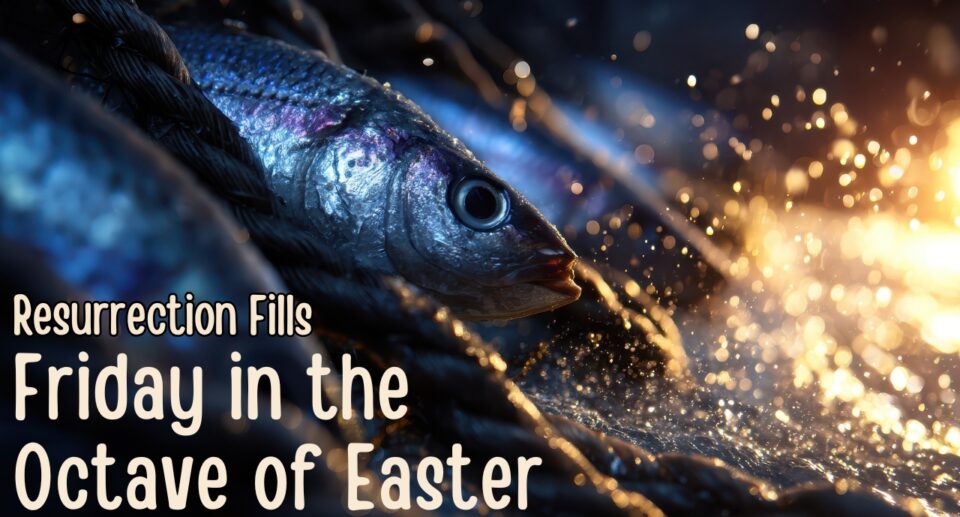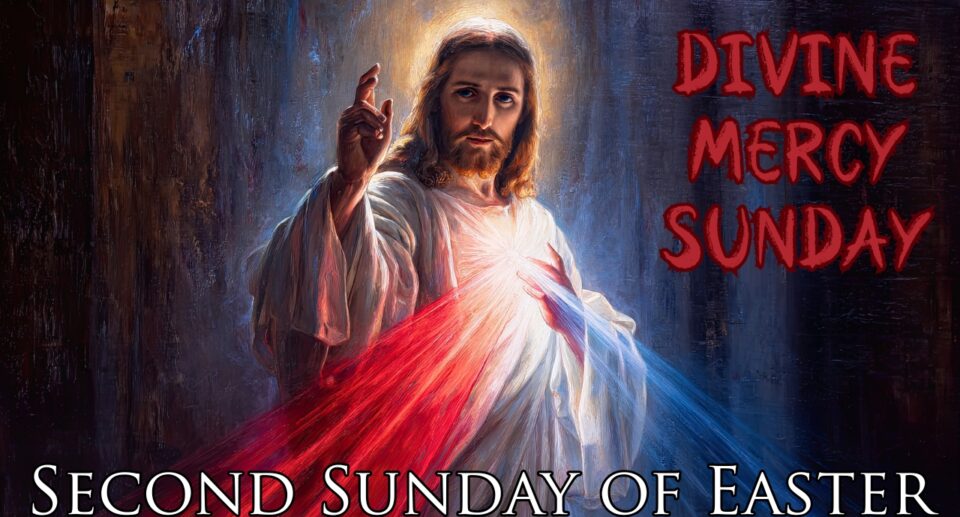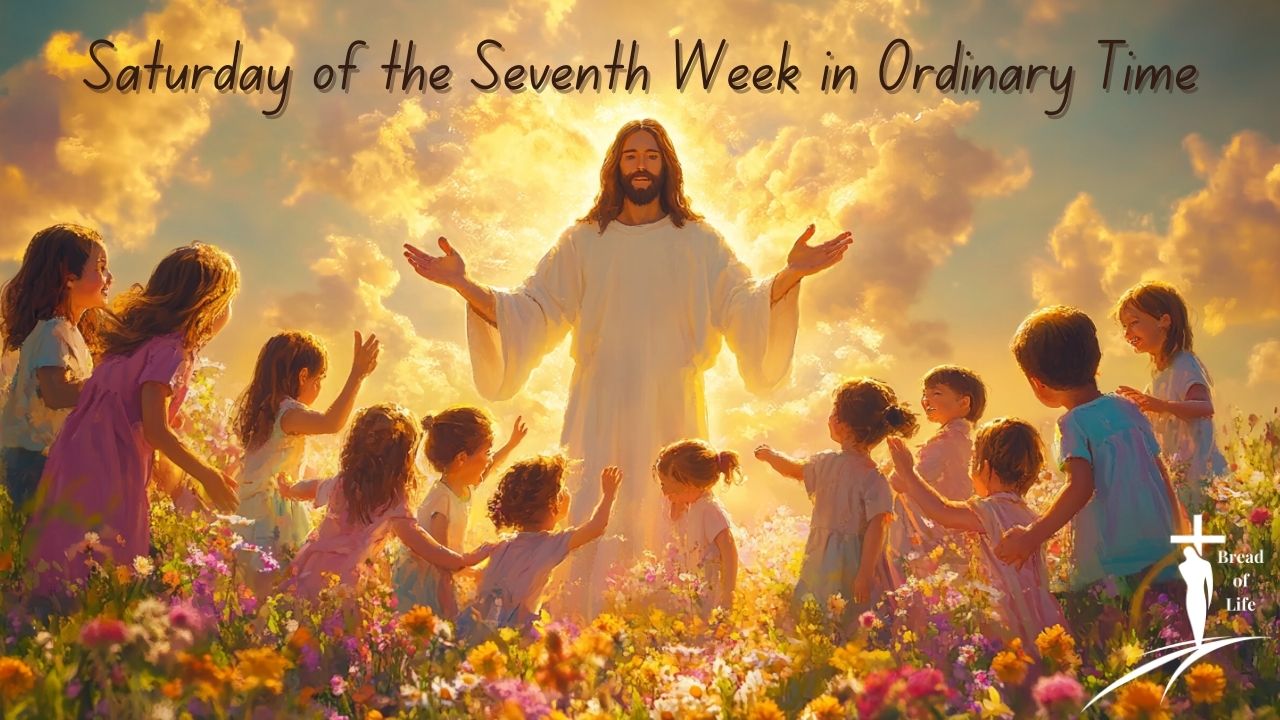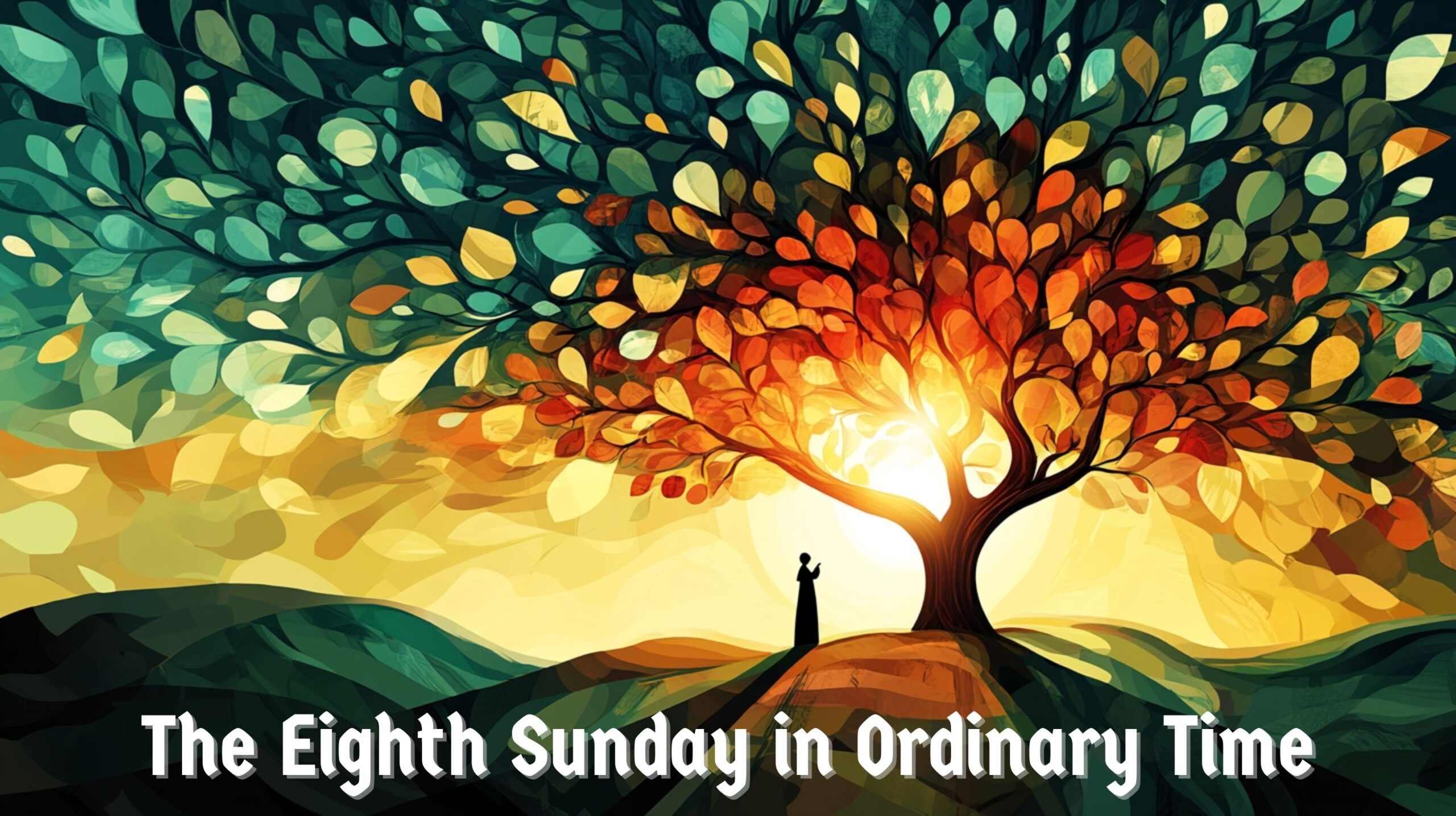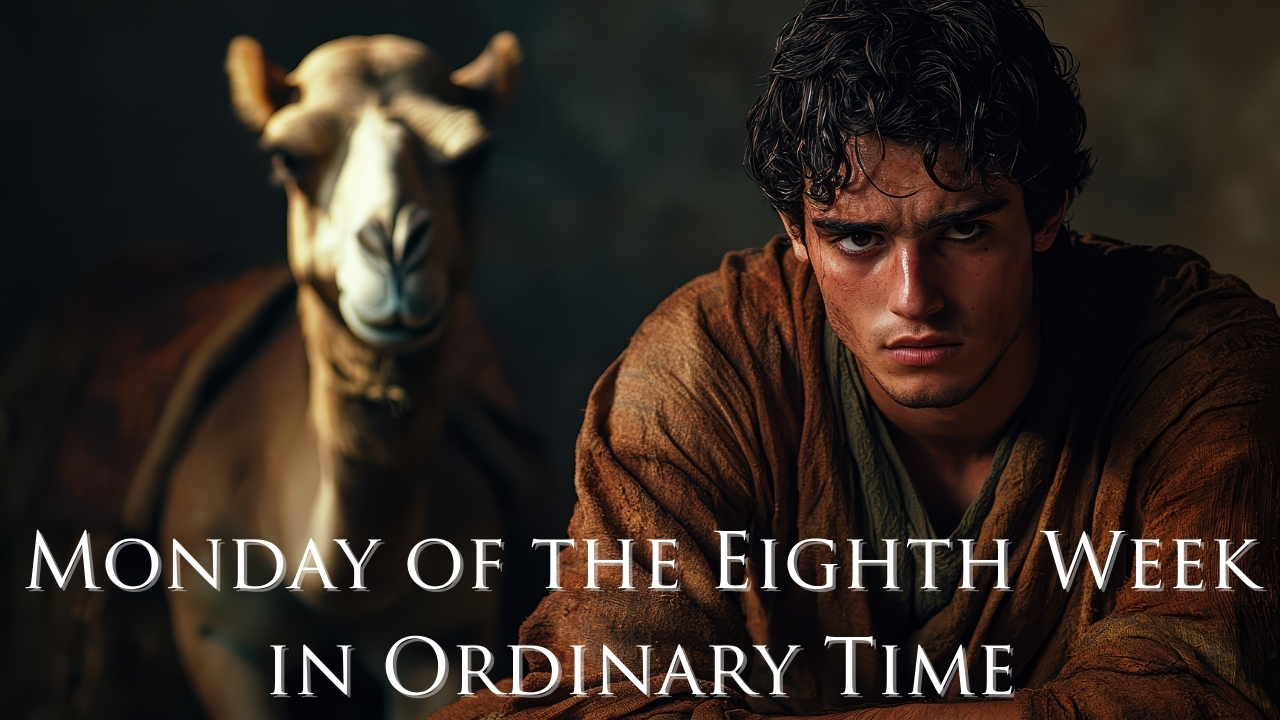Silencing the Unstoppable: The Voice That Won’t Be Quiet | Easter Saturday Readings | April 26, 2025
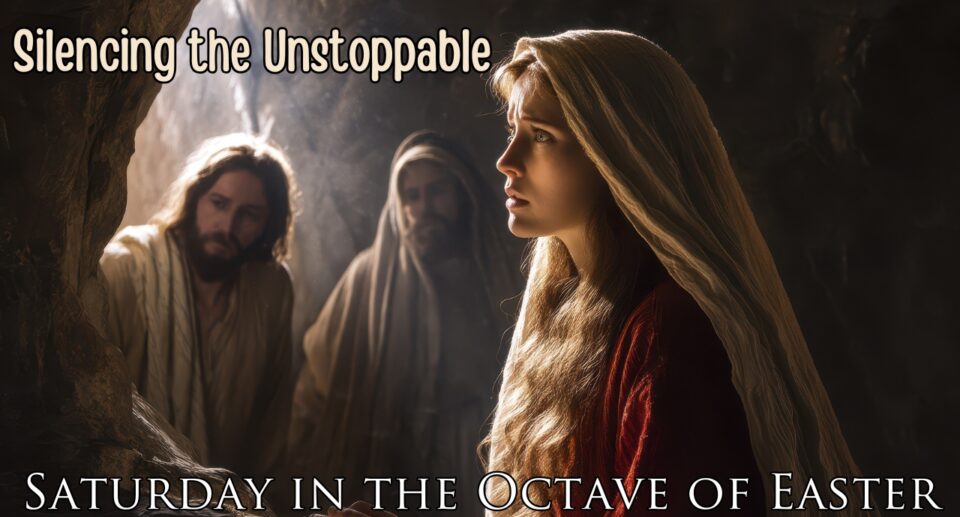
“It is impossible for us not to speak about what we have seen and heard.” With these words, Peter and John defied religious authorities who commanded their silence. Their unstoppable testimony reveals how genuine encounter with the risen Christ cannot be suppressed.
Through this reflection, you’ll discover:
- Why authentic experience creates inevitable expression
- How resurrection reverses every human system built on control
- What happens when the marginalized become messengers
- Why personal encounter dismantles even the most sophisticated skepticism
Readings covered: Acts 4:13-21; Psalm 118:1 and 14-15ab, 16-18, 19-21; Mark 16:9-15
#EasterOctave #UnstoppableWitness #ResurrectionPower #EasterSaturday #ImpossibleNotToSpeak
Silencing the Unstoppable: The Voice That Won’t Be Quiet
The authorities had a problem on their hands.
A lame man now danced through the temple courts. Crowds gathered in Solomon’s Portico. And two uneducated fishermen somehow spoke with the eloquence of trained orators, attributing it all to a man these same authorities had executed.
Worst of all, people were believing them. By the thousands.
So they did what authorities often do when faced with inconvenient truth—they commanded silence: “Never speak to anyone in this name again.”
Peter and John’s response was disarmingly simple: “Whether it is right in the sight of God for us to obey you rather than God, you be the judges. It is impossible for us not to speak about what we have seen and heard.”
Impossible not to speak.
Not defiant rebellion. Not calculated disobedience. Just the natural overflow of genuine encounter. They couldn’t unsee the empty tomb. Couldn’t unhear the risen Lord’s voice. Couldn’t unfeel the Spirit’s power coursing through them. Authentic experience had created unstoppable testimony.
The religious leaders found themselves utterly stymied. How do you threaten people who have faced death and found it empty? How do you intimidate men who have seen the immortal with their own eyes? The healed man stood there as living evidence. The crowd knew something extraordinary had happened. Their options were rapidly dwindling.
“After threatening them further, they released them, finding no way to punish them.”
This is resurrection’s stunning reversal. The same authorities who successfully engineered Jesus’ execution now find themselves powerless against mere fishermen. The system that crushed one man now falters before his followers. The religious machine that seemed unstoppable has met a force it cannot silence.
Our psalm celebrates this divine reversal: “Give thanks to the LORD, for he is good, for his mercy endures forever… My strength and my courage is the LORD, and he has been my savior. The joyful shout of victory in the tents of the just: ‘The right hand of the LORD has struck with power; the right hand of the LORD is exalted’… I was hard pressed and was falling, but the LORD helped me.”
This same pattern—crushing pressure followed by divine intervention—shapes today’s Gospel. Mark recounts how Jesus appeared first to Mary Magdalene, “from whom he had driven out seven demons.” She told the disciples, but “they did not believe.” He appeared to two disciples walking into the country. They reported back, but again, the others “did not believe them either.”
Finally, Jesus appears to the eleven themselves and “rebuked them for their unbelief and hardness of heart because they had not believed those who saw him after he had been raised.”
What an extraordinary moment. The risen Lord’s first words to his closest followers aren’t congratulations for their faithfulness but rebuke for their skepticism. They had dismissed multiple credible witnesses. They had privileged their expectations over others’ experiences. And Jesus calls them on it.
Yet this sharp correction immediately transitions to commissioning: “Go into the whole world and proclaim the Gospel to every creature.” The doubters become declarers. The skeptics become evangelists. The ones who didn’t believe others are now sent to make others believe.
Taken together, these readings reveal resurrection’s transformative pattern.
Consider the authorities. Their entire system was designed to maintain religious stability and control. Jesus threatened this order, so they eliminated him. Problem solved—until Easter rendered their solution obsolete. Now his followers manifest the same disruptive power. Their threats fall flat. Their commands go unheeded. Their control dissolves.
This pattern repeats whenever human systems encounter resurrection life. Political regimes imprison believers but find faith spreading in their jails. Cultural forces marginalize Christian witness but discover it thriving on the periphery. Market systems commodify spiritual hunger but watch as authentic transformation eludes monetization.
Resurrection cannot be managed, controlled, marketed, or silenced—because it’s not a concept but a person. Not a principle but a presence. Not a theory but a life that flows through ordinary people who have seen and heard what cannot be denied.
Consider Mary Magdalene. Once tormented by seven demons, she becomes the first witness of resurrection. Her testimony is initially rejected by the disciples, yet Jesus himself affirms her role by appearing to confirm her account. The one society would have deemed least credible becomes the most important witness in history.
This pattern continues wherever resurrection takes hold. The marginalized become messengers. The overlooked become overcomers. The silenced find their voices amplified. Resurrection doesn’t just reverse death; it reverses every human system that deals in death’s currency—oppression, rejection, silencing, exclusion.
Consider the disciples themselves. They repeatedly reject others’ testimony about the risen Jesus. They cling to their certainty that death is final, that hopes once crushed cannot be restored. Yet when directly confronted by the living Christ, their unbelief crumbles. They move from cynical doubt to commissioned proclamation in a single encounter.
This pattern plays out whenever resurrection confronts human skepticism. Intellectual arguments alone rarely overcome entrenched unbelief. But personal encounter with the living Christ—whether through prayer, Scripture, community, service, or suffering—has a way of dismantling the most sophisticated cynicism.
As the Easter Octave draws to a close, these readings challenge believers with searching questions:
Have they experienced resurrection as genuinely as Peter and John, who found it “impossible not to speak” about what they had witnessed? Or has Easter remained a religious observance rather than transformative encounter?
Have they listened attentively to unexpected witnesses like Mary Magdalene? Or do they dismiss testimonies that don’t fit their theological expectations and social preferences?
Have they allowed resurrection to disrupt their own systems of control and certainty? Or have they domesticated Easter into comfortable religious routine?
The authorities couldn’t silence Peter and John because their experience was undeniable. The disciples couldn’t maintain skepticism when confronted by Christ himself. And the resurrection message couldn’t be contained in Jerusalem but spread throughout the world.
Two thousand years later, this same dynamic continues. Human efforts to suppress Easter faith—whether through outright persecution, intellectual dismissal, or cultural marginalization—ultimately fail. Not because believers are exceptional, but because Christ is alive. Not because Christians are unintimidated, but because the Spirit empowers ordinary people with extraordinary courage.
The same Jesus who transformed fearful disciples into bold witnesses still appears in unexpected ways, still speaks through unlikely voices, still overturns systems that deal in death rather than life. And he still sends his followers forth, saying, “Go, tell.”
For resurrection cannot be contained in empty tombs or upper rooms or ancient history. It breaks out, spreads forth, transforms lives, and changes the world—one encounter, one testimony, one life at a time.
“It is impossible not to speak about what we have seen and heard.”

